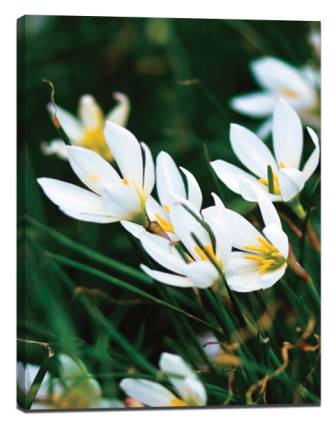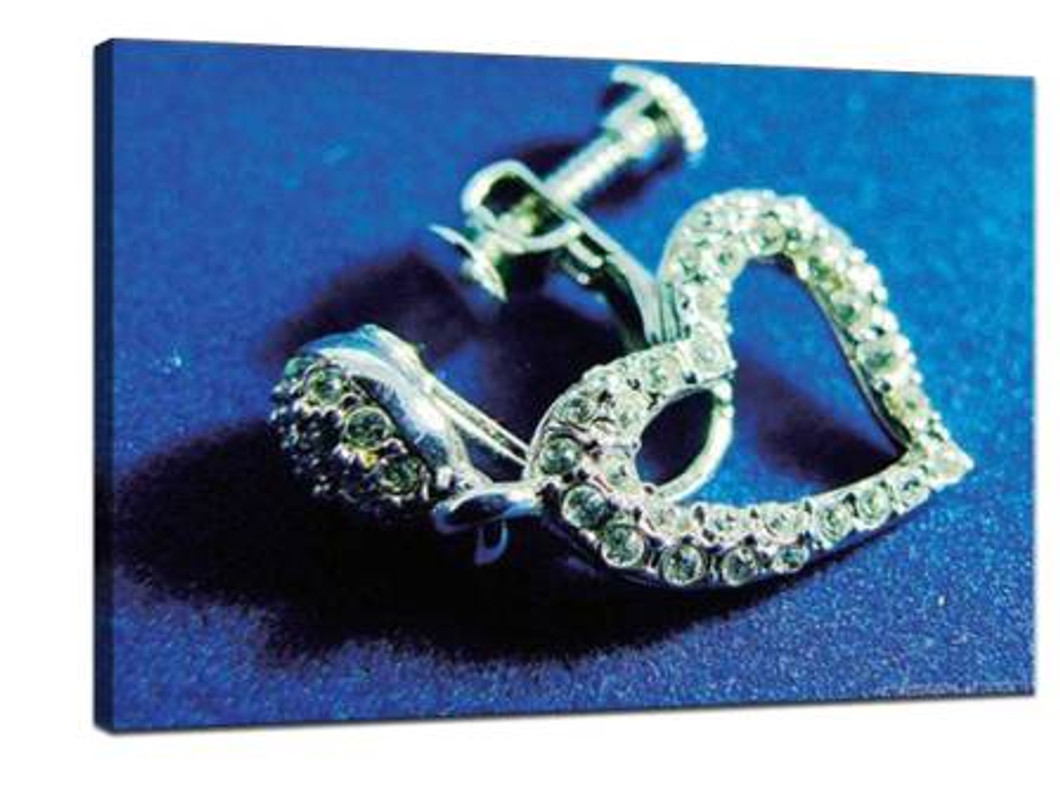Easy to master the exposure of a photo
Exposure can be a bit of a challenge for beginners, especially when switching to m mode, which often results in either black out or bright out. Accurate exposure can make the picture brightness balance, but in fact, "accurate exposure" is not the only photography, not the standard answer. Sometimes I see the photographer take a little bit of overexposed photos, so that the image seems to have a little bit of a sense of clarity; You can also find extreme contrast in the light and dark of some photos. Even a small amount of underexposure can be used to express the mystery. How to handle the degree of exposure?
What is exposure?
In the era of film, exposure is to make the camera film or photosensitive paper sensitive under certain conditions, through the formation of latent image after exposure, after the development, processing can present the image; In the digital age, exposure is the process by which the camera's sensor module is exposed to light and the image signal is transferred to a memory card to form the image. To make the sensor sensitive, the first condition is that there must be "light" irradiation, otherwise it will not be able to complete the shooting.
Exposure has no 'right answer'
There is no fixed standard for the value of exposure parameters. In different light environments and shooting requirements, different exposure parameter combinations can obtain different picture effects. Usually as long as the accurate exposure, you can get the ideal picture. After the exposure of the camera, the resulting image quality meets or basically meets the intention and needs of the photographer, can be considered as accurate exposure. When you need to show special effects, you can do this by adjusting your exposure. Different exposure effects can express different shooting themes to highlight the unique style of the work.
Control exposure three elements
Accurate exposure is the basis of obtaining the ideal picture effect. The three main factors that control exposure are: shutter speed, aperture and sensitivity. The exposure time is controlled by the shutter speed. Aperture control of the amount of light into the amount; Sensitivity controls the sensitivity of the sensor to light as well as its quality. Only when these three factors are combined can the picture be exposed accurately. When taking the left picture, the photographer chose the shutter speed of 1/125s and deepened the depth of field under the aperture of F9. At the same time, due to the sufficient light, the photographer chose the ISO200 sensitivity to obtain the picture with accurate exposure and rich tone.

The effect of aperture on exposure and picture quality
Aperture is used to control the amount of light into the device, usually with F to represent the size of the aperture. The smaller the aperture, the more light is coming in at the same unit of time, and the upper gear is just twice as much as the next gear. For example, changing the aperture from F8 to F5.6 doubles the amount of light coming in, which means the aperture is one step wider. Other parameters are the same, the larger the aperture, the higher the screen brightness.
The effect of shutter speed on exposure and picture quality
Shutter speed is also one of the important factors to control the exposure of the picture. It is used to control the length of exposure time in shooting and directly affects the brightness of the picture during shooting. At the same time, for subjects in different states, the effect obtained by selecting different shutter speeds will also be different. For example, when shooting a moving object, a fast shutter speed can freeze the moment of movement on the picture.
Influence of sensitivity on exposure and picture effects
Sensitivity is also a way to control exposure, using ISO to represent the sensitivity value. The sensitivity of a digital camera indicates how sensitive the sensor assembly is to incoming light. Therefore, we need to choose the best sensitivity value according to the actual light situation.
Adjust exposure by exposure compensation
Exposure compensation is also a way to control exposure. When shooting under some special circumstances or shooting special objects, the normal exposure mode is sometimes unable to obtain the ideal picture. At this time, the exposure amount of the picture needs to be adjusted in combination with the exposure compensation method.
Increase the exposure compensation to make the picture brighter
Increasing the exposure compensation can increase the brightness of the picture. Therefore, when shooting, if you need to increase the brightness of the picture, you can increase the exposure compensation, which can not only make the picture brighter, but also won't lose the details of the bright part. In general, when shooting white or light objects, if the exposure compensation is added, the color can be accurately restored to make the picture brighter and more prominent.
Recent Posts
-
What is rolled canvas prints
In the realm of interior decor and artistic expression, canvas prints have emerged as a popular medi …10th Apr 2024 -
The benefits of printing family photos on canvas
In an age dominated by digital screens and fleeting images, the value of printed photographs cannot …7th Apr 2024 -
The best ways to use canvas prints for home decor
In recent years, canvas prints have emerged as a popular choice for home decor, adding style, person …3rd Apr 2024
